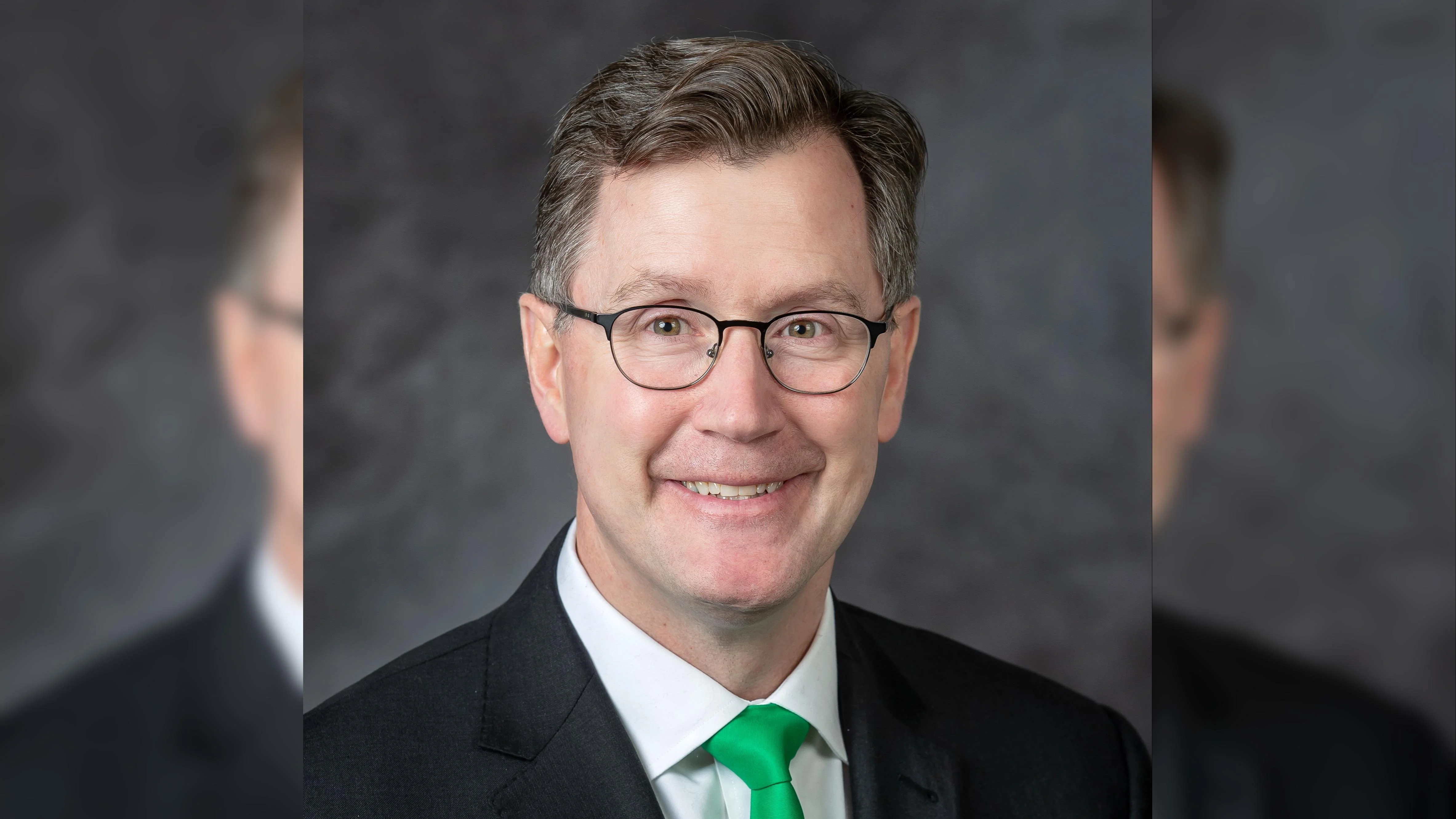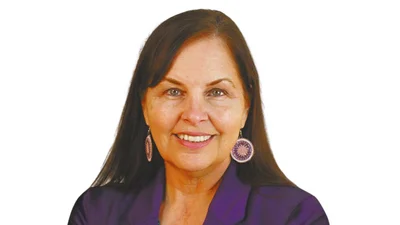Dr. Andrew Armacost, President | University of North Dakota
Dr. Andrew Armacost, President | University of North Dakota
Community health workers are playing an increasing role in rural North Dakota, helping to connect residents with essential healthcare and social services. These workers, sometimes called community health representatives in Tribal communities, serve as front-line public health staff who help bridge gaps between patients and the resources they need.
At Coal Country Community Health Center (CCCHC) in Beulah, Kylee Schmiesing has been serving as the organization’s first community health worker since October 2023. She works within the Medicare Chronic Care Management program alongside a nurse and a social worker to support about 150 patients across several towns. Schmiesing's responsibilities include checking in with patients by phone or visiting them at home, which reduces their need to travel for care. She also assists with applications for Medicaid, low-income housing, and food assistance programs such as SNAP.
“There’s a lot of patients living on a fixed income who need assistance with different programs, so I help with applications to Medicaid, low-income housing, or the Supplemental Nutrition Assistance Program (SNAP),” said Schmiesing. “If someone needs food or help caring for their home, I can help them contact the local food pantry and get them set up with a homemaker to help with cleaning and care.”
Kaylee Caspers serves as a community health worker at Altru Health System in Grand Forks. She helps patients access housing, transportation services, and food support if flagged during entry surveys. Caspers noted that her main focus is addressing social determinants of health: “Most of the work I do relates to social determinants of health,” she said. “The goal is to find a solution that will work for that person in the long-term.” Like Schmiesing, Caspers is Altru’s first community health worker.
Melissa Stern holds a similar position at Sanford Hillsboro Medical Center in Hillsboro. Her efforts have included starting a garden next to the clinic to provide vegetables for food-insecure or diabetic patients and launching transportation initiatives like equipment "libraries" where residents can borrow transfer boards or swivel seats.
Stern identified transportation as one of the most significant barriers facing rural residents seeking medical care. To address this challenge—especially acute during North Dakota winters—she started projects providing rides for appointments and made equipment available so individuals could maintain independence without relying solely on senior transport options.
Schmiesing has also connected her patients with organizations such as Community Action Partnership of North Dakota to obtain necessary medical equipment free of charge.
The community health worker role is relatively new in North Dakota but has been gaining recognition over nearly ten years through certification efforts and reimbursement planning. In 2023, state lawmakers created a taskforce charged with developing guidelines for these workers’ roles and services within North Dakota Health and Human Services.
Rebecca Quinn, associate director at the Center for Rural Health at the University of North Dakota School of Medicine & Health Sciences and member of this task force stated: “Community health workers are trusted members of the community who serve as a bridge to healthcare,” Quinn stated. “Often, they provide services outside of our brick and mortar system. For rural communities, this can be vital to extending the reach of healthcare, improving access for individuals.”
Despite their growing importance, many people remain unfamiliar with what community health workers do by title alone—a point both Caspers and Schmiesing acknowledged humorously.
“Oh no, I always have to explain what my job is,” said Caspers.
All three highlighted building relationships with patients as one of the most rewarding aspects of their jobs.
“I love working with the patients,” said Caspers. “I love building relationships with people and seeing the progress that they make and see how far they’ve come.”
“When I visit with the patients and see the smiles on their faces, that’s the best part of my job. It’s a great feeling to know that I am helping to improve their lives,” added Schmiesing.
Community health workers continue acting as crucial links between rural populations, healthcare providers, and available resources—helping address unique challenges like limited transportation options while offering support tailored to each patient’s situation.


 Alerts Sign-up
Alerts Sign-up